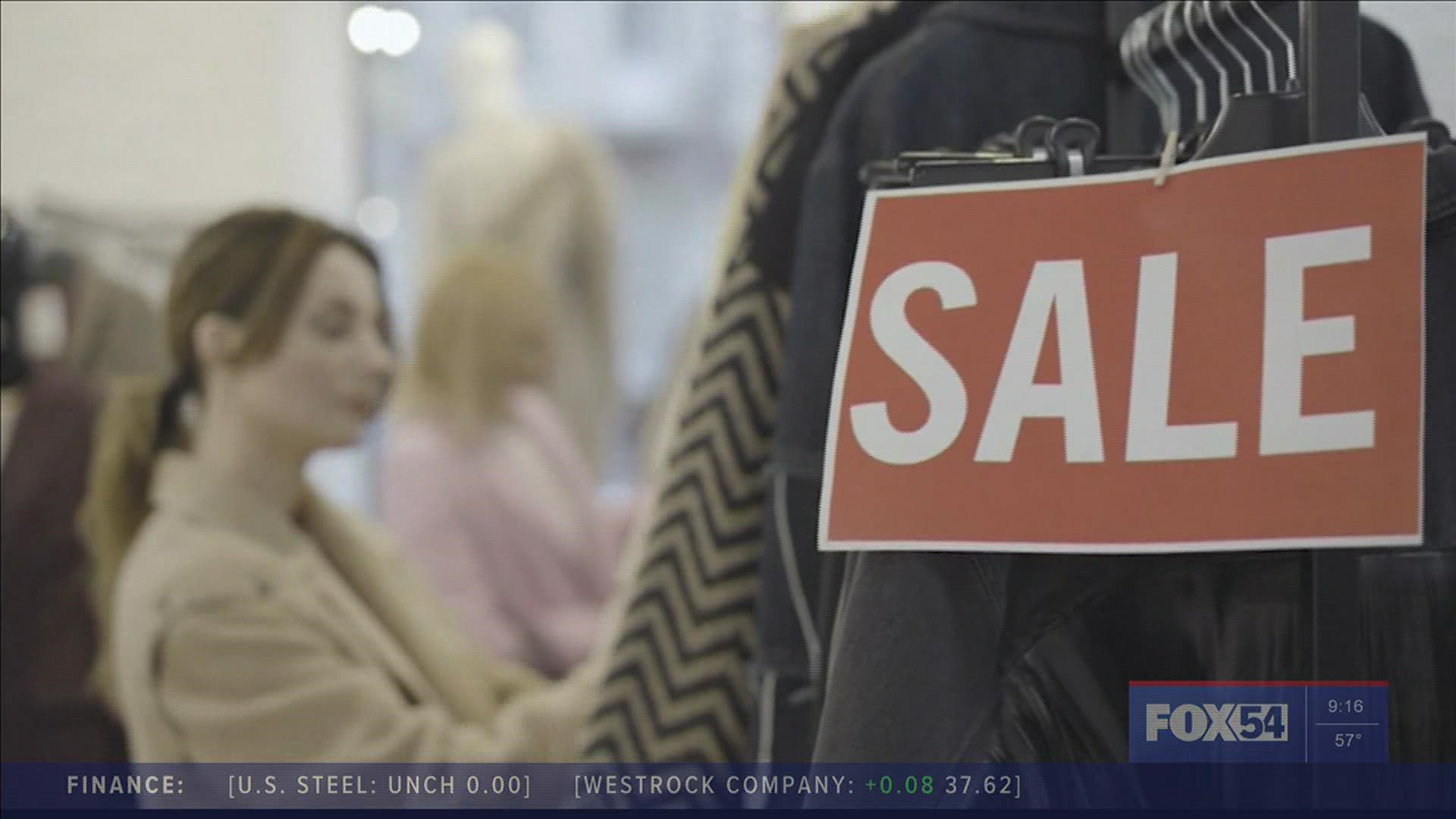HUNTSVILLE, Ala. — The easiest shortcut to spotting Black Friday deals is vanishing before our eyes: the sales circulars that once stuffed Thanksgiving Day papers are becoming a relic.
The big picture: The circulars were a mainstay for holiday shoppers, but retailers have been phasing them out, so discounts can shift with inventory.
- COVID has transformed Black Friday sales from a few short days to weeks of discounts with more offers pushed online.
Why it matters: It's harder to find out what's on sale and make your shopping plans.
In the past, we could flip through paper or digital ads.
- Now they're gone from Best Buy and Walmart. So, customers have to wade through websites and categories and products.
Where they're left: Target, Kohl's and JCPenney have large circulars posted online. Lowe's, The Home Depot and Macy's have circulars in some newspapers.
Yes, and: With retailers rolling out more holiday deals online than in-store, the push to digital makes sense.
- It's also not just happening around Black Friday. Stores including CVS, Walgreens, Target and Dick's Sporting Goods have trimmed weekly print advertisements, RetailWire reported in March.
Quick take: For decades, sales circulars have been how retailers promoted their discounts but had to be planned out weeks and more than a month in advance.
- “The tools we have to surgically adjust pricing are so much more sophisticated than they were several years ago," Dick's Sporting Goods CEO Lauren Hobart said during a March investor conference where she spoke of previously having "blunt instruments in the newspaper."
Black Friday coupons in short supply
Zoom out: Coupons in general are dying so it's not a shock that there were fewer Black Friday coupons in Thanksgiving papers.
- Retailers do have coupons to scan in apps and codes to use online.
Thanksgiving Day newspapers were also in short supply as media companies stopped the presses for holiday editions in some parts of the country.
After more than a month of early holiday sales, the official wave of Black Friday sales has arrived and continues throughout the week.
Why it matters: Retailers are banking on consumers showing up in stores and logging on to shop Black Friday sales and to clear excess inventory during the holiday season.
Driving the news: The National Retail Federation said in a news release that it estimates that 166.3 million people are planning to shop between Thanksgiving and Cyber Monday.
- That's almost 8 million more people than last year and the highest estimate since the federation started tracking this data in 2017.
Meanwhile, the NRF projects holiday sales will grow between 6% and 8% compared with last year, or to between nearly $943 billion and $960 billion, Axios' Richard Collings reports.
Be smart: Emily Irwin, a senior director of advice with Wells Fargo’s Wealth & Investment Management, told Axios that shoppers should “prepare to shop” to maximize deals and minimize impulse buys.
Black Friday 2022 shopping
Zoom out: COVID killed the traditional holiday shopping season and retailers no longer wait to clear out the Halloween leftovers before starting Black Friday-like deals.
Yes, and: This year, inflation also changed the season and pushed retailers to offer discounts earlier to help shoppers spread out purchases.
Flashback: The nation's largest retailers, including Best Buy, Walmart and Target, started keeping stores closed on Thanksgiving in 2020, a break from a decade of holding Black Friday sales on the holiday.

